Electric car start-up Aehra is newest Tesla rival with 500-mile SUV plans
Entering a crowded field
Italian automotive start-up Aehra has released teaser images of a new electric SUV prototype it plans to unveil in October with “awe-inspiring” performance and a range between charges that would challenge the top models from the likes of Tesla and Lucid.
As the company is only teasing us with a sprinkling of info for the time being, we still don’t have the full specs. However, the images promise something sleeker and more aerodynamic than a run-of-the-mill electric SUV, with a low front-end and a single-arch design not unlike that of the upcoming Hyundai Ioniq 6.
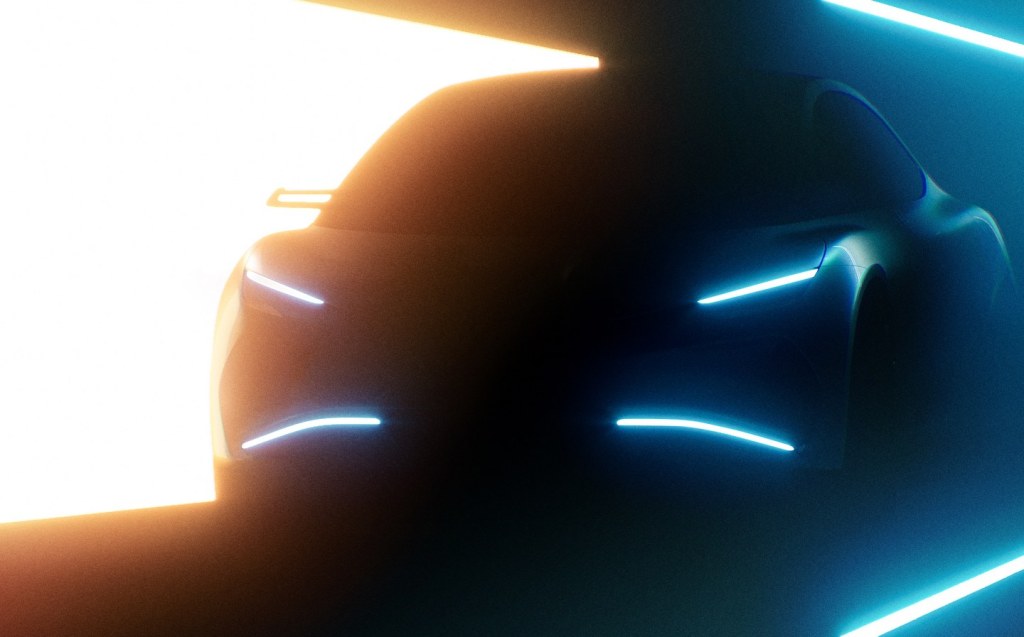
Reports from around the time of the company’s launch just four months ago suggest that Aehra’s SUV will sit on a bespoke EV platform and size-wise will rival the likes of the Tesla Model X, BMW iX and Audi e-tron.
Power is said to come from a 120kWh battery pack with a targeted range of around 500 miles, which would make is one of the longest-range electric cars on the market.
The Aehra may also be one of the fastest-charging electric vehicles, with the planned 850-volt electrical architecture allowing for ultra-rapid charging.
Its performance is simply described by the company as “awe-inspiring”.
Another target, according to the firm, is a price tag of somewhere between $160,000 and $180,000 (£140,500-£158,000), putting it firmly in the premium electric SUV segment.

A saloon sitting on the same platform as the SUV is planned, too, and that’s due to be revealed next year with ambitions to take on the Tesla Model S and Mercedes EQS.
A car industry revolution
If all of this sounds like a very familiar story, that’s because it is. With the rise of the electric vehicle, the automotive landscape hasn’t looked as exciting since the early days of motoring and now, as then, new manufacturers are popping up like mushrooms after a rain shower.
Most of these companies follow a familiar script — unveil either an alternatively-powered hypercar or a handsome SUV, with the abundant power and torque offered by electric motors providing impressive headlines.

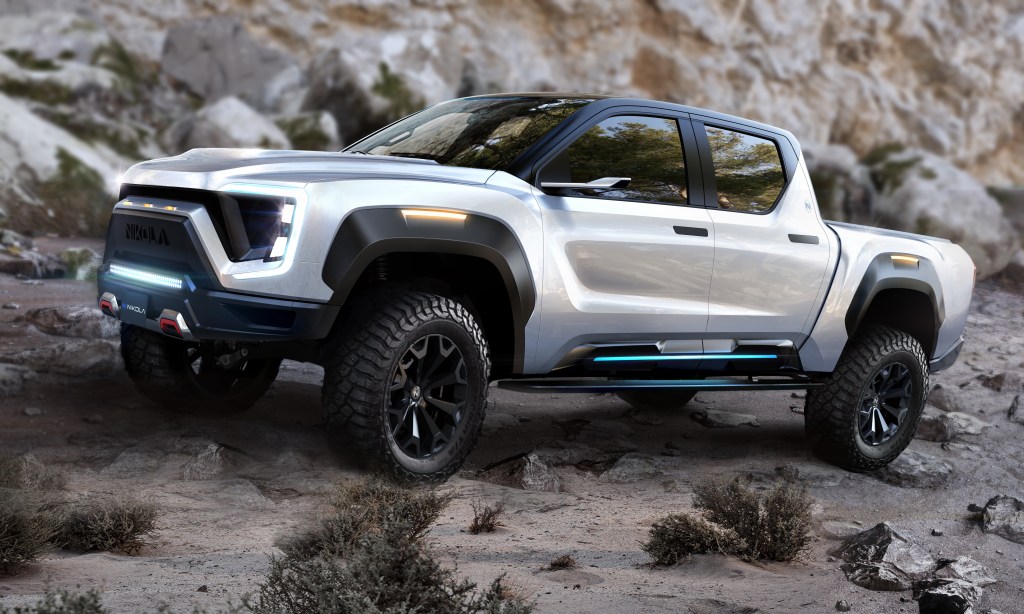
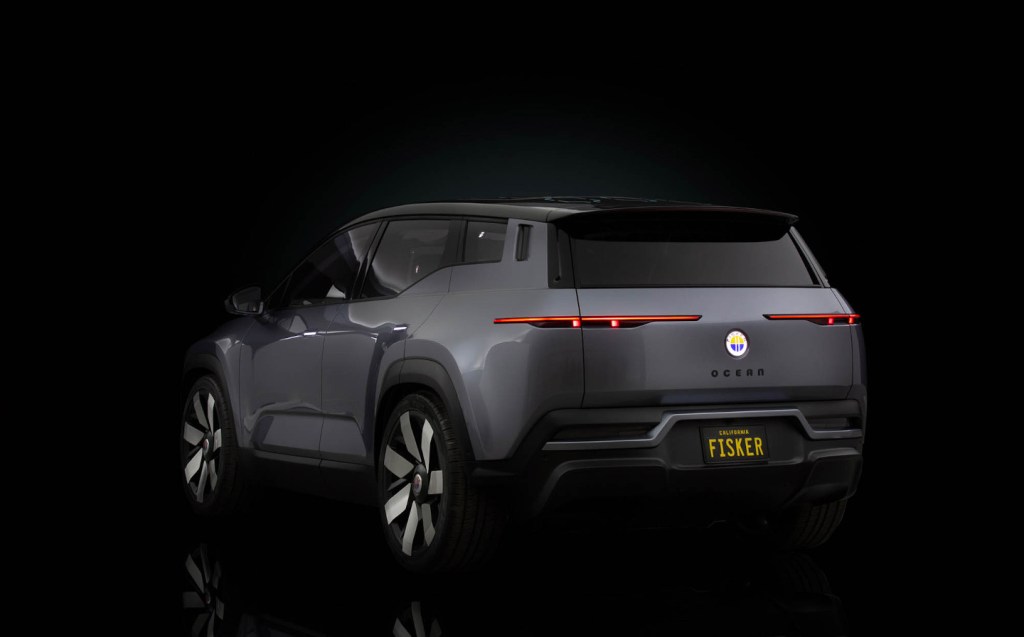

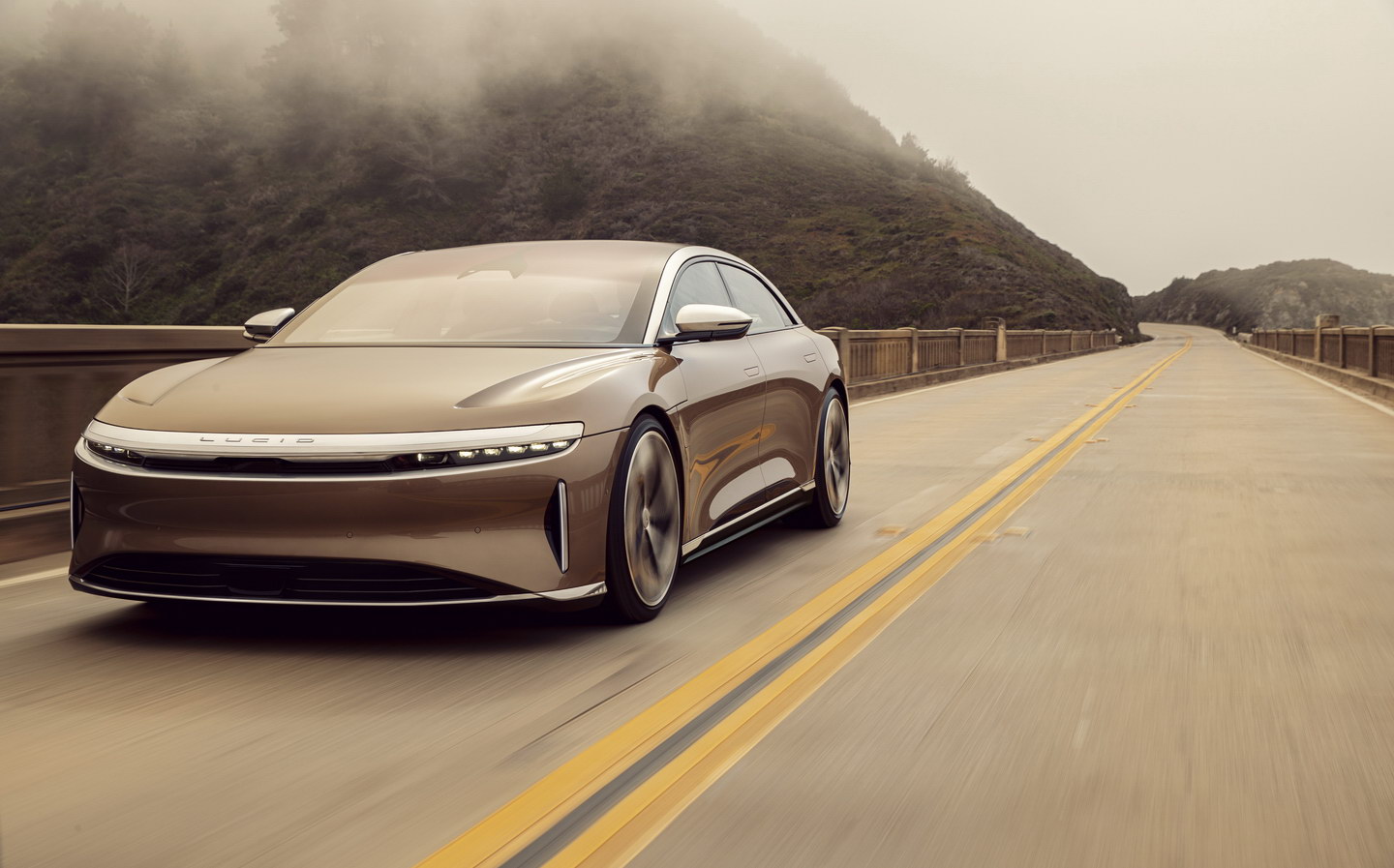

Some of these automotive start-ups have had great success. Tesla has gone from a tiny Californian minnow to the most valuable car company in the world in just 17 years, on the back of electric vehicle technology. Others such as Lucid and Rivian have started production and have received plenty of acclaim.
Then, less familiar in the UK perhaps, are the new Chinese car-makers — think of names such as BYD, XPeng, Nio, Lynk & Co. and Zeekr.
These are sometimes founded with the backing or as a division of much larger manufacturers, and that’s a trend with Western manufacturers these days, too, such as Polestar (Volvo), DS (Citroën), Genesis (Hyundai) and Cupra (Seat).
Other companies have lumbered on for years, always seemingly on the cusp of starting production on a new model, but never quite getting there. Faraday Future and Byton spring to mind.
Whether Aehra (or Vazirani or NamX et al) has what it takes to succeed in the currently-febrile automotive environment remains to be seen, but the company insists that it has the nous to stand out from the crowd.
“We see a natural progression for electric vehicles to follow that nobody’s really pushing for yet,” said company founder, the former oil trader and theoretical physicist, Hazim Nada, speaking to Car magazine in June.
“The shapes of electric vehicles should not look as they do today.
“When we first started proof-of-concept processes, we took practically all the sedans (saloons) in circulation, all the sedans being proposed for production on the EV side, and we overlapped them. And they are literally overlappable. They all have this frunk in the front, they all have these empty spaces that are seldom used by their customers.
“There are many inefficiencies that, once you address them, once you get rid of them, allow for a very substantial shift in the emotional effect of the design, and efficiency, and also liveable space in the cabin.”
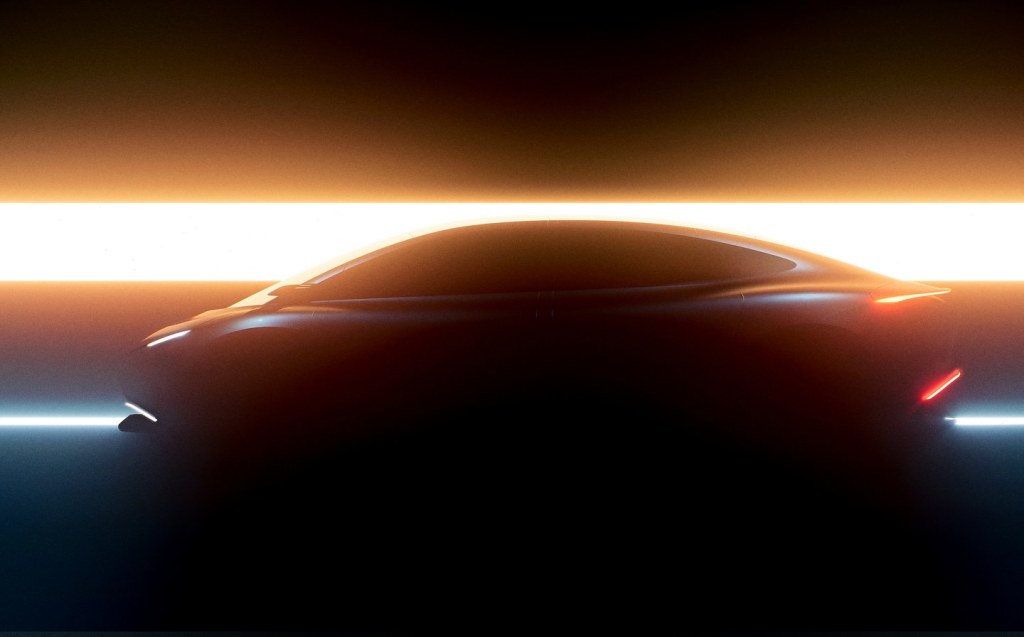
At the very least then, expect something off-beat in terms of form thanks to design by the former director of Lamborghini’s Centro Stile design centre, Filippo Perini, now the chief design officer at Aehra.
“We’ve changed the entire concept of exterior body design to create one flowing line and in turn, this reduces the normal point of aerodynamic pressure you have on the windscreen,” said Nada speaking to Forbes.
“We have effectively removed the bonnet and this has enabled us to create our basic aerodynamic shape.”
With the company based in Milan, Aehra likely won’t manufacture its own vehicles, instead relying on partners and contract manufacturers either in Italy or close by.
The firm says that it has “substantial private funding” in place and it aims to target markets such as Europe, the UK, North America, China and the Gulf States.
First deliveries of both the SUV and the saloon, Aehra says, will begin in 2025.
Related articles
- After reading about Aehra’s first car, you may want to read that Musk blamed the ‘fun police’ for a Tesla recall of nearly 600,000 cars
- Don’t miss this video of the Tesla-rivalling Lucid Air with 1,111hp recording a 2.88sec 0-60mph time
- And click here to see all the car makers’ electric vehicle plans
Latest articles
- testing schedule 2
- test schedule
- F1 driver Lando Norris commissions bespoke open-top Land Rover Defender
- Citroën C3 and e-C3 2024 review: Petrol or electric, bow down before the new king of value cars
- Best-selling cars 2024: The UK’s most popular models
- Fourth-generation BMW 1 Series shows its new face with all-petrol line-up for the UK
- Cupra Tavascan 2024 review: Funky electric SUV continues Spanish brand’s EV roll
- Divine intervention? Trump-supporters’ motorhome destroyed after rolling into telegraph pole
- Extended test: 2023 Vauxhall Astra Sports Tourer GS PHEV












